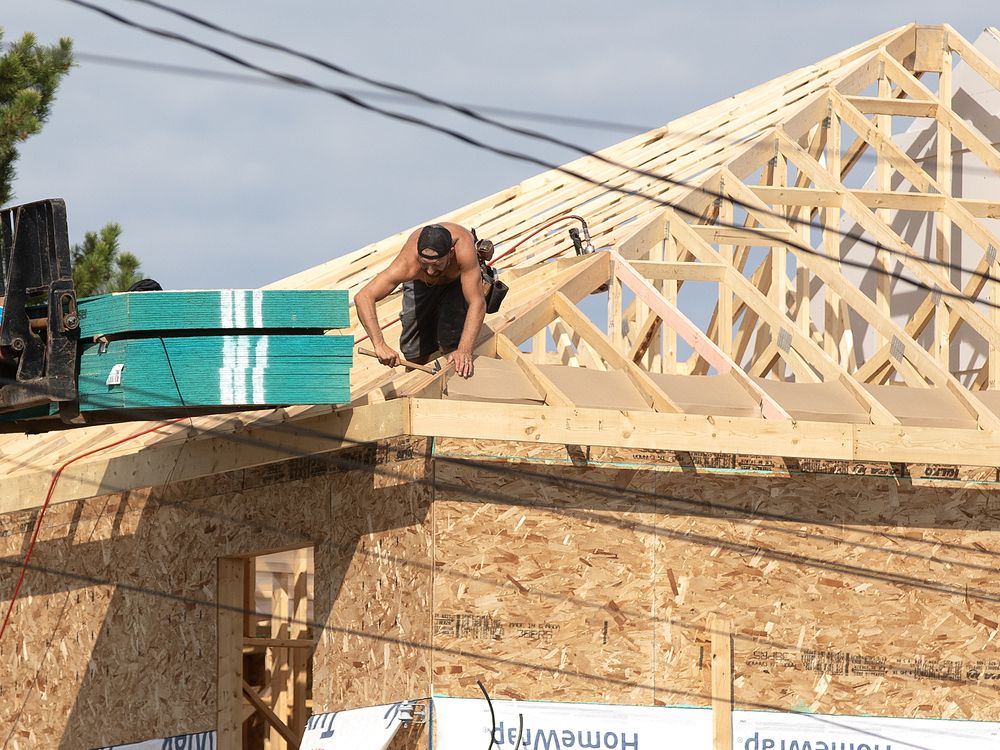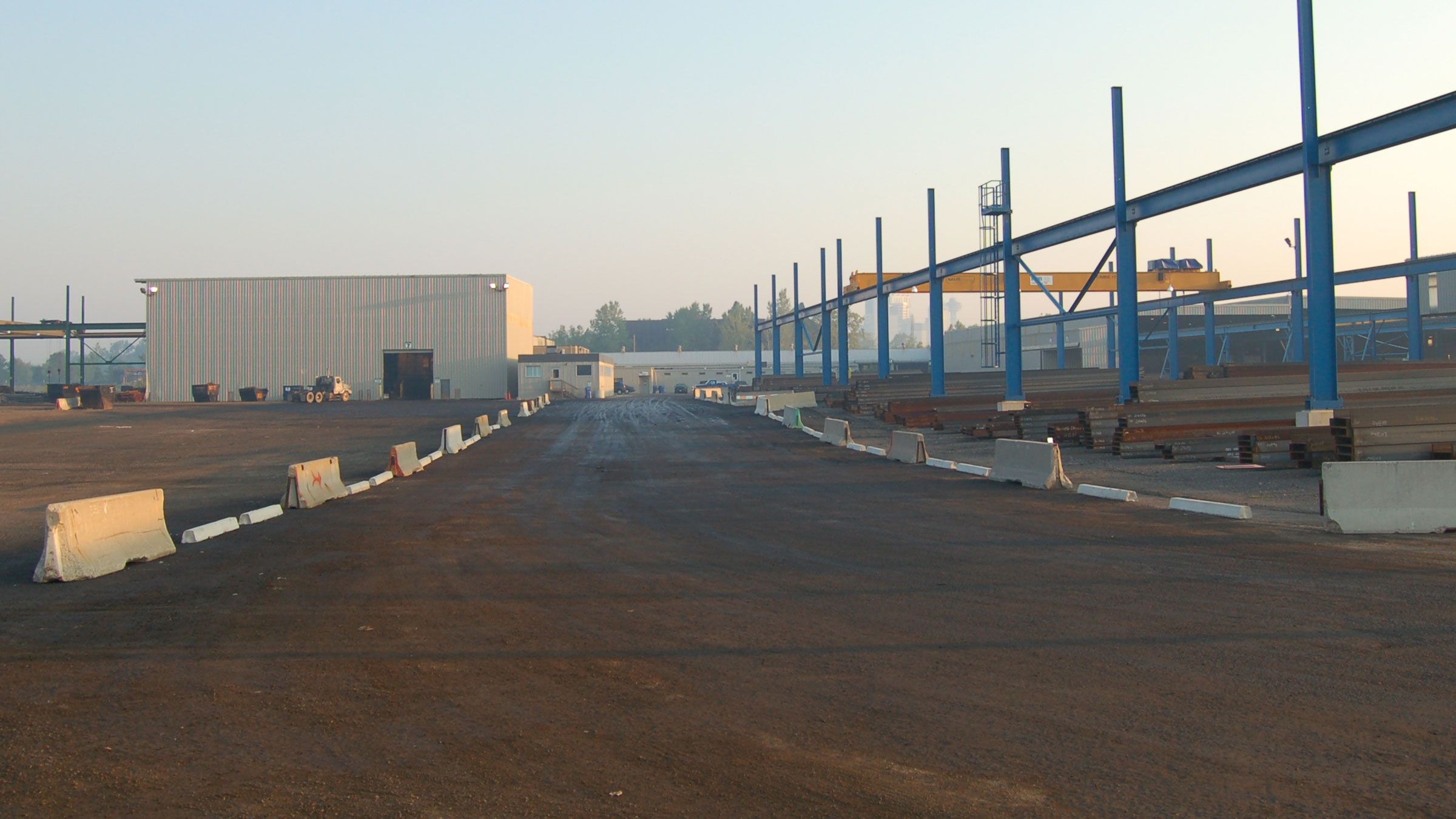Ontario aiming to become energy superpower, energy minister says

Ontario’s energy minister says he wants the province’s electricity system to not just be able to meet an expected 75 per cent increase in demand, but to exceed it and be able to sell excess power to other jurisdictions.
Stephen Lecce is releasing a document Tuesday that outlines his vision for a clean, reliable and affordable grid, as well as how to integrate electricity planning with other aspects of the energy system.
The release follows an announcement last week from the Independent Electricity System Operator, which said that demand is increasing faster than previously anticipated and is set to grow by 75 per cent leading up to 2050.
The Ministry of Energy and Electrification says in the document that the province will continue prioritizing nuclear and hydroelectric generation for baseload power, but that Ontario also needs natural gas generation for reliability as it is more able to respond to peak demands.
In 2021, the electricity system was 94 per cent emissions-free, and that is now down to 87 per cent as the province relies more on natural gas generation — but the ministry says that natural gas will help reduce emissions in the province overall by supporting broader electrification.
Lecce says Ontario’s grid is one of the cleanest in the world, and the province can use that to its advantage to become an energy superpower.
“Our priority is obviously first and foremost securing affordable energy for the people of Ontario,” he said in an interview.
“But yes, we do believe Ontario is well-positioned. We already are a net exporter of clean energy into the U.S. We want to scale that up with a focus on delivering jobs and revenue back to Ontarians.”
New energy exports strategy
Ontario’s electricity system has interties with Manitoba, Quebec, Minnesota, Michigan and New York, and Ontario has been a net exporter to them since 2006, the document said, but that energy is sometimes sold at a loss.
Now, the IESO is developing an export strategy to generate new revenue streams.
“Many of Ontario’s interconnected jurisdictions have an anticipated shortfall or a clean energy commitment to meet (i.e. New York, Maryland and Illinois) or both (i.e. Michigan and Minnesota) but are currently reliant on resources like coal, which could be replaced with clean energy imports,” the ministry document said.
Ontario can also become a leading exporter of energy technology, Lecce said, pointing to several agreements the province has in place with other jurisdictions on small modular reactors.
When it comes to expanding electricity generation to meet domestic demand, the province is already undertaking a large procurement for new resources, and is planning four small modular nuclear reactors as well as looking into a new, large-scale nuclear plant.
Ontario will need to do more, Lecce said, though he did not divulge any specific projects he is eyeing.
“My commitment is to build that plan using the lowest-price options, competitive procurements and making affordability the [number one] priority that drives our decision,” he said.
“But in short, yes, we’re going to do much, much more to build out the energy security Ontarians deserve.”
Ontario is also planning new conservation initiatives, the document says, planning to announce new energy efficiency programs later this year.




